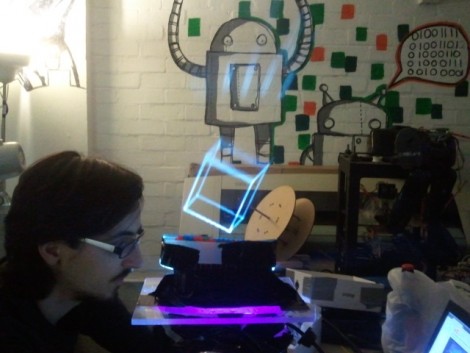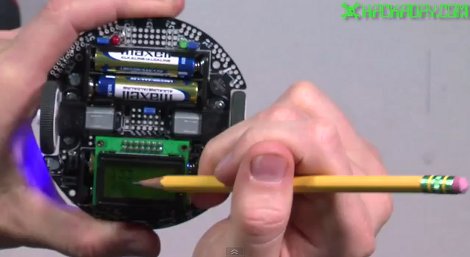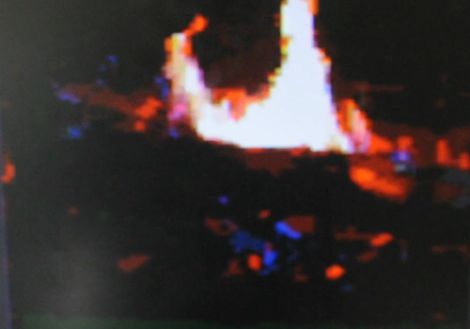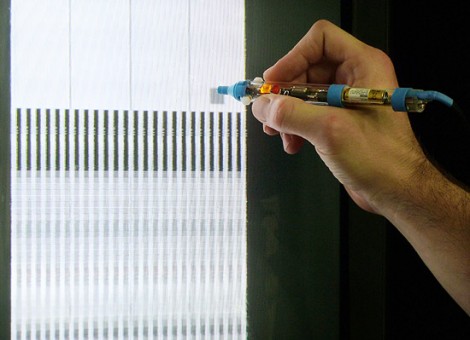
This week, we are bringing you the final video in our series where [Jack] uses the 3pi robot as a fancy development board for the ATmega328p processor. Today’s video deals with interrupts. If you have been wanting to have your programs do more than one thing simultaneously, interrupts are the solution. [Jack] discusses various ways that you can use interrupts in your programs and then shows how he created a interrupt routine that drives the 3pi’s beeper. He also shows the routines that enable, disable, and control the interrupt.
Since this is the last post for this series of videos, we are posting the code used for all of the previous videos. Click here to grab a copy.
For our next series of videos, we are going to attempt something more challenging so most likely we will be taking a couple of weeks off to do some development before presenting it here. Stay tuned folks, we’ll be back.
Video is after the break…
In case you missed any of the previous videos, check out these links:
Part 1: Setting up the development environment
Part 2: Basic I/O
Part 3: Pulse Width Modulation
Part 4: Analog to Digital conversion
Part 5: Working with the 3pi’s line sensors














